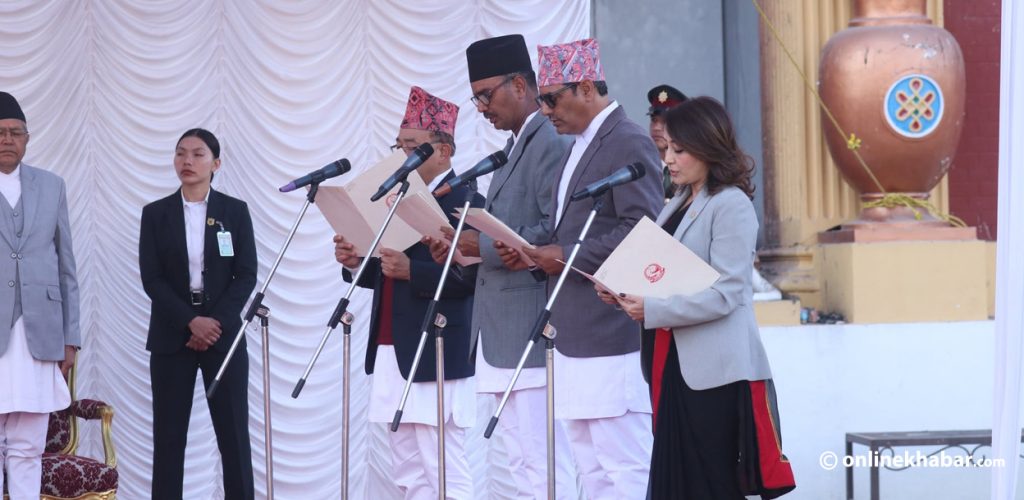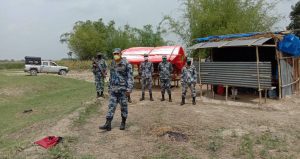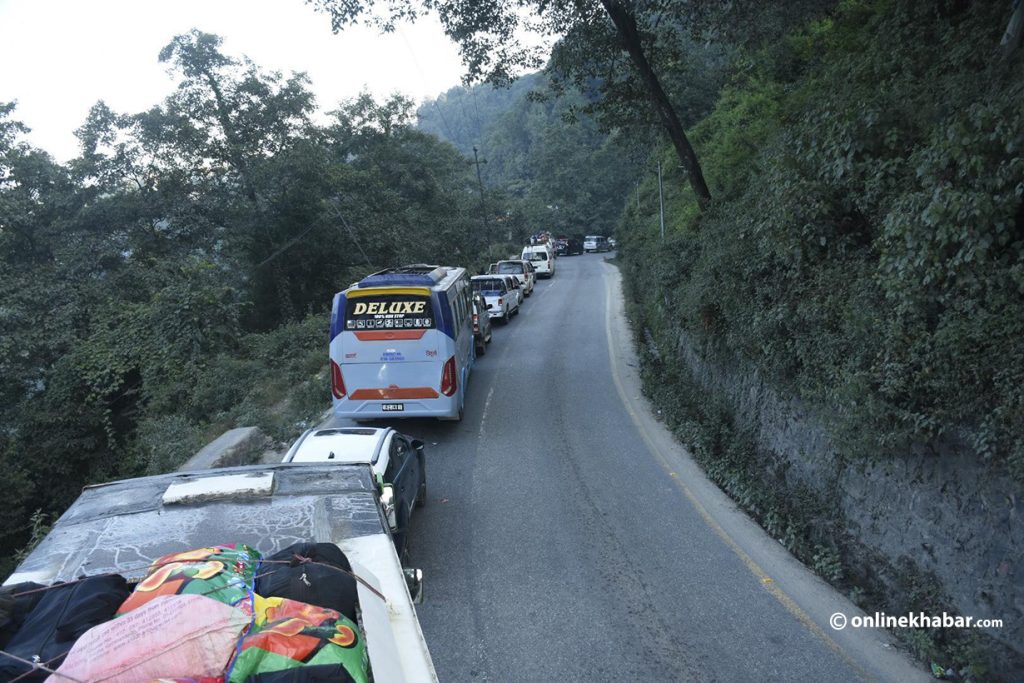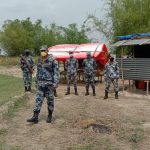As scientists prepare for IPCC’s sixth assessment report, they want more systematic information on the Himalayas and the rivers that flow down from there

The Himalayas are as vulnerable to climate change as they are critical to people all over Asia. Still, before this decade, relatively little was known about this extensive region due to lack of data. To some extent, this was remedied when scientists working on the fifth assessment report (AR5) of the Intergovernmental Panel on Climate Change (IPCC) focused on the threats to the Himalayan region.
AR5, released in batches between 2013 and 2014, was critical to the understanding of decision makers before the UN climate summit which led to the Paris Agreement. Partially this was because AR5 brought the assessment of climate change impacts down to the country level, allowing policymakers to understand the specific threats that their communities faced. Secondly, AR5 very clearly stated that climate change was increasing “the likelihood of severe, pervasive and irreversible impacts for people and ecosystems.”
Now, as scientists prepare for IPCC’s sixth assessment report (AR6), they want more systematic information on the Himalayas and the basins of rivers that flow down from this, the world’s tallest mountain range.
One of the ways that the needs of communities in the Himalayas will find their way into AR6 is the Himalayan Monitoring and Assessment Programme (HIMAP), being pioneered by the Kathmandu-based International Centre for Integrated Mountain Development (ICIMOD).
The importance of understanding this vulnerability was outlined at an ongoing IPCC outreach event in Kathmandu this week hosted by ICIMOD, where lead authors of AR6 explained why this system is vulnerable to climate change impacts.
Once the glaciers are lost, they will not be recovered
It is the irreversible part of that statement that cries out for clarifications. Speaking to thethirdpole.net, Panmao Zhai, Co-Chair of the Working Group I of AR6, said that changes such as the loss of the glaciers is something that we just would not be able to recover from. “This cannot be changed back, because of the large time scales over which the glaciers formed. And if they are lost, the impact on the hydrological cycle will also be irreversible.”
Working Group I is the group of physical scientists. Their part of AR6 is expected in 2019. The social impacts of climate change are dealt with by Working Group II, while Working Group III looks at policy options. The final synthesis AR6 is expected in 2022.
The melting of the glaciers is also linked to sea level rise and the warming of the oceans. This would mean that areas along the coast would be permanently lost. It would also impact the monsoons in Asia, although Zhai emphasised that there are multiple factors in play in that last, with heat contrast, pollution and cloud cover all modulating how the monsoons work, and many of these are impacted by factors other than climate change.
Asia at risk
While we now know more about the Himalayas than we did before, we still do not know enough. Zhai pointed out that only 29% of the scientists involved in writing the AR6 Working Group I report are from developing countries. More research is needed from these countries that are at special risk, he said.
Jacqueline Joy Pereira, who was one of the three coordinating lead authors of the Asia chapter of AR5 and is Vice Chair of Working Group II of AR6, made a presentation based on the findings of AR5. For ten of the impacts that she mapped out, two had scenarios where adaptation efforts made no impact at all on the outcome – crop failure and coral reef decline. There was minimal impact in a third area – heat-related mortality. These scenarios looked at a temperature increase of 4 degrees Celsius over the period up to 2080-2100.
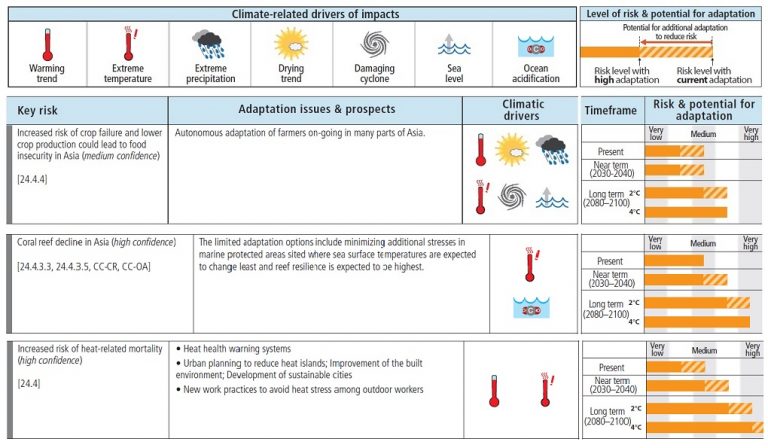
Pereira, a professor at the Southeast Asia Disaster Prevention Research Initiative of the Institute for Environment and Development in University Kebangsaan Malaysia, told thethirdpole.net that one of the problems of previous climate models was that the scale of effects was defined by regions such as “arid Asia” and so on.
This prevented policymakers from understanding the potential impact in their own areas, and limited their ability to act. Now, with an advance in scientific findings, plus a willingness to focus closer to the ground, researchers have a clearer picture of climate risks.
One of the surprising things this revealed was the level of cooperation within regions. Despite its problems, South Asia had better integrated climate science networks than South East Asia. Without this integration of knowledge, it will be difficult for regions to react effectively to these challenges. Pereira also emphasised that while financial impact due to climate change was well understood in developed countries, for Asia, where many marginalised groups lacked adequate infrastructure to deal with the impact, the harsh effects of climate change would be measured in deaths and dislocation.
For example, sea level rise would affect the millions of poor who live along the coastlines of Asia, dependent on fishing and other sea-related activities for their livelihoods. The Himalayan region, which is uniquely vulnerable due to the impact of climate change on the cryosphere, will be one of the most affected.
Putting the Himalayas on the global assessment map
Scientists working on climate change impacts in mountain ecosystems have long been complaining of neglect by policymakers, relative to coastal areas or cities. Now, with HIMAP providing regular information on both physical and social sciences, they hope the gap will be narrowed. Based on the experience of the IPCC, the Arctic Monitoring and Assessment Programme (AMAP) and Water for Life: A Comprehensive Assessment of Water Management in Agriculture, HIMAP seeks to provide scientific information for the use of policymakers. HIMAP will have 16 chapters dedicated to various issues from water availability and use, to mountain poverty, vulnerability and livelihoods.
For Philippus Wester, HIMAP coordinator, the project is a key way to achieve the UN Sustainable Development Goals, with nine of the 17 goals having a direct link to mountain communities. With 300 contributors, 84% of whom are from the region, and 29% of whom are women, he believes that HIMAP will help the Hindu Kush Himalayan region be included whenever policymakers discuss ecosystems that are especially vulnerable and critical.
While it may help integrate science into the IPCC, the more important question is whether HIMAP may help the countries of the Himalayan region work better together. The great success of AMAP was its integration of an institution of regional cooperation – the Arctic Council. The key question is whether the Himalayan nations will be able to duplicate that.
This story first appeared on thethirdpole.net







